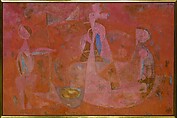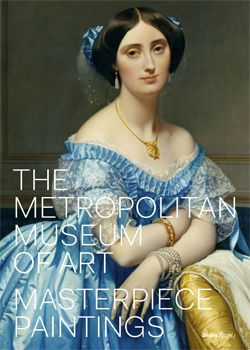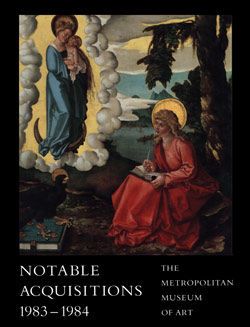Children's Games
Rufino Tamayo Mexican
Not on view
Although Tamayo was based in Mexico City for much of his career, he traveled extensively in Europe and the United States, spending significant amounts of time in New York and Paris in the 1920s, 1930s, late 1940s, and 1950s. At odds with the politically charged narratives of the Mexican muralists—Diego Rivera, José Clemente Orozco, and David Alfaro Siqueiros—Tamayo sought a more universal vocabulary in his paintings. While some of his subjects and his choice of colors were informed by Mexican art and culture, his flattened compositions and abstract forms derive from European modernism. This painting depicts three children playing in a circle, their bodies reduced to a jumble of irregular, flat shapes suggesting heads, legs, torsos, and arms. The disjointed elements create a syncopated rhythm that is enhanced by the agitated application of paint.
Due to rights restrictions, this image cannot be enlarged, viewed at full screen, or downloaded.



